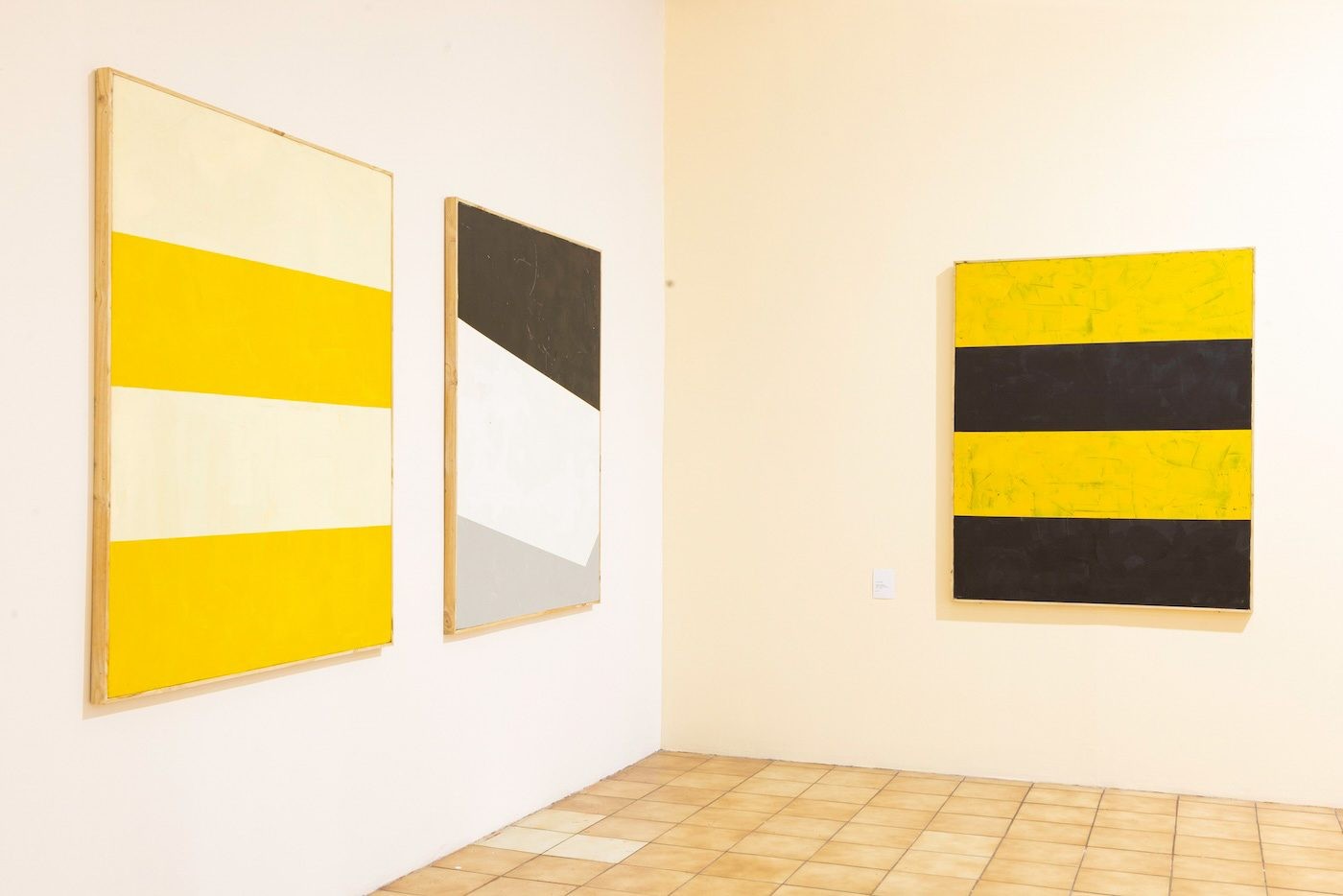Na Chainkua Reindorf: Unruly Artworks
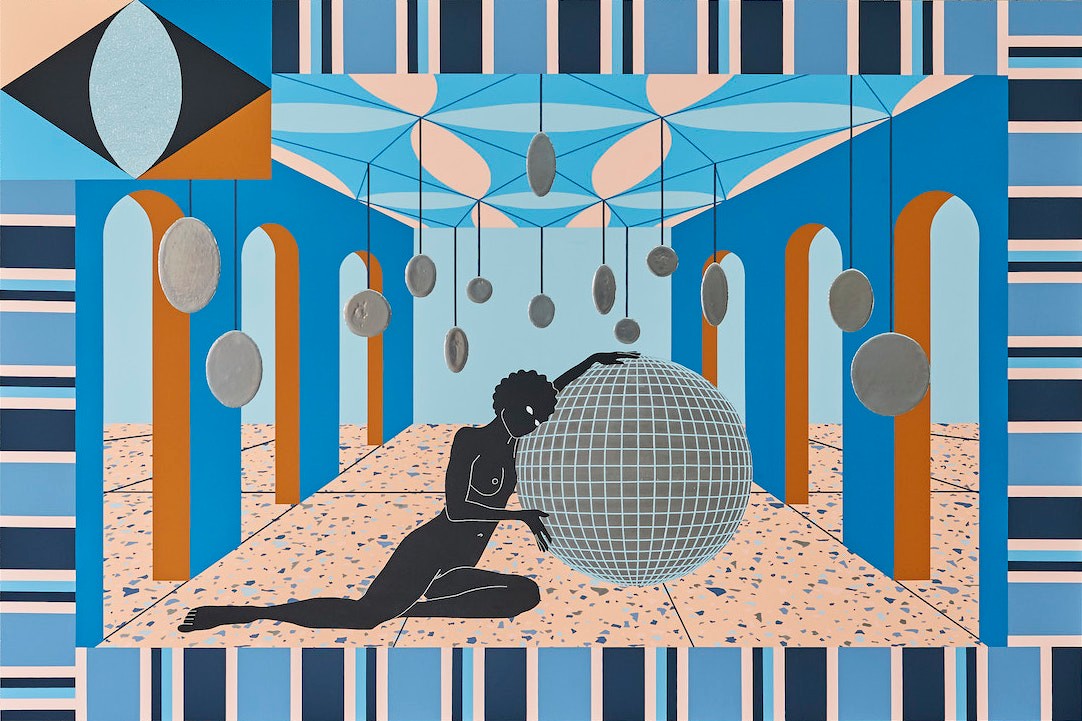
04 January 2023
Magazine C& Magazine
Words Mearg Negusse
7 min read
The artist talks about the Venice Biennale, her multiperspective practice, and her interest in masquerade cultures.
Contemporary And: You recently participated in the 59th Venice Biennale, where youexhibited in the Ghanaian pavilion. How did you experience that and what has changed for yousince?
Na Chainkua Reindorf: It was an incredible honor to be one of the artists representing Ghana at the Venice Biennale. Considering how prestigious the event is, it was also quite a daunting task. My practice includes a wide range of media, and as I prepared a proposal I knew that if it got approved, I wanted to incorporate immersive or interactive elements. It was a welcome creative challenge to think about ways that I could scale my installation work up to a larger space.
One of the important opportunities during the Biennale was being able to meet many artists from Africa and beyond. To meet with curators I had admired from afar. That level of access is quite rare. Speaking about my work and making connections was an invaluable part of the experience. Since the Biennale opened, the number of people interested in my work and practice has increased, which I am extremely grateful for. The body of work I included in the Biennale is part of a larger long-term art project I had been working on since 2019, so the exposure has been great for momentum as well.
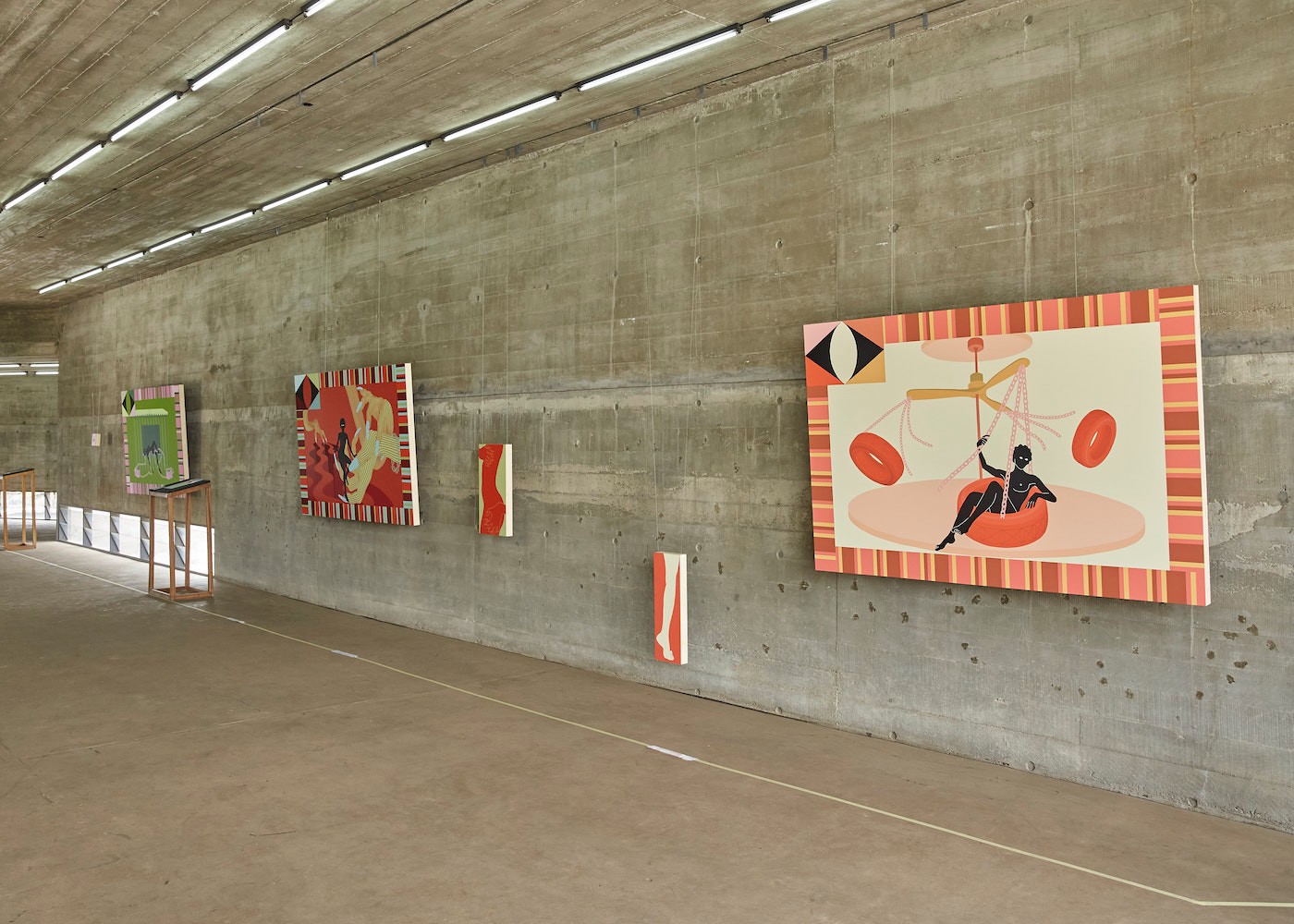
<figcaption> Installation View Na Chainkua Reindorf: Up To No Good at Nubuke Foundation from 18 Nov 22 - 18 Feb 2023. Photo: Isaac Gyamfi. Courtesy of Nubuke Foundation.
C&: Your solo exhibition at the Nubuke Foundation in Accra is titled Up To No Good. What does the title refer to and how does it relate to the works on display?
NCR: My exhibition at Nubuke is a continuation of that same long-term project. These bodies of work are based on a fictional women’s secret masquerade society inspired in part by historically fearless women in western Africa. I am fascinated by masquerade culture in western and central Africa and constantly think of ways to use masquerade as a form of escape. I created seven fictional masquerade characters based on ideas around liberation and nonconformity. The seven larger paintings depict each character, and the smaller accompanying paintings feature various body parts that best represent said character and form an asymmetrical diptych. The title of the show is meant to allude to the fact that these characters are not necessarily good or wholesome. They are in fact extremely unruly and represent ways of being that defy stereotypical ideas of womanhood.
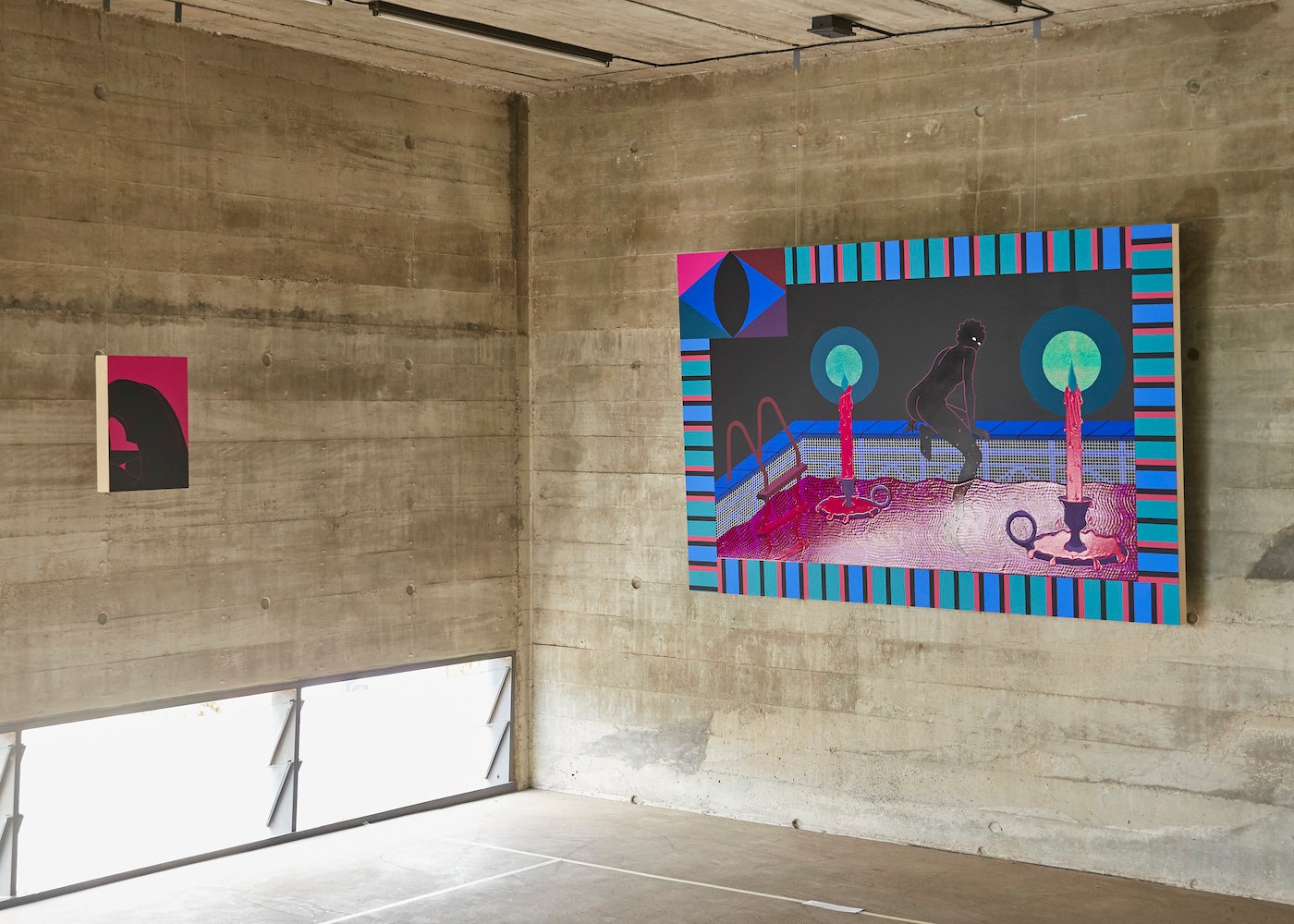
<figcaption> Installation View Na Chainkua Reindorf: Up To No Good at Nubuke Foundation from 18 Nov 22 - 18 Feb 2023. Photo: Isaac Gyamfi. Courtesy of Nubuke Foundation.
C&: It’s really interesting how your works relate to different media. In yourpaintings you reference certain textile patterns, like kente fabrics. And yoursculptures refer to traditional masquerade performances from Ghana. There is a certain layering that takes placein terms of the media but also in terms of what is communicated. To what extent does your storytelling depend on the media you use?
NCR: I do find a lot of inspiration in historical and contemporary Ghanaian visual culture, with a specific focus on textiles. I’m also interested in the rich myths and storytelling practices that have come out of Ghana. I spend quite a lot of time examining how elements like communication and storytelling are effectively implemented through the use of textiles in Ghana. I try to apply that to my practice, using similar techniques. Textiles like kente have messages directly woven into the strips, through elements like iconography, color, and pattern. Asafo flags, which my work also references, are distinctly graphic and have stories appliqued onto the surface – one can read the scene and understand the story being told.
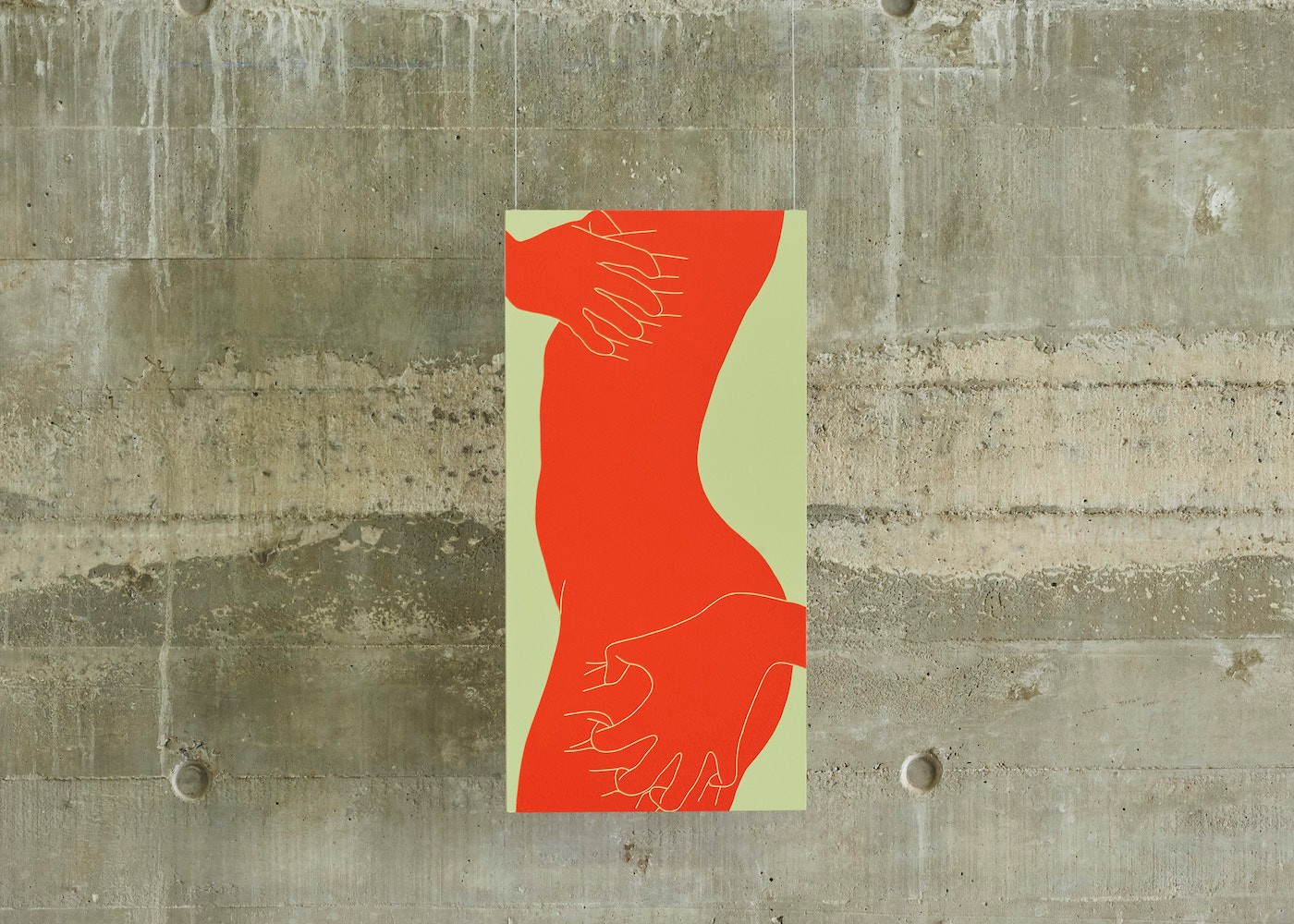
<figcaption> Installation View Na Chainkua Reindorf: Up To No Good at Nubuke Foundation from 18 Nov 22 – 18 Feb 2023. Photo: Isaac Gyamfi. Courtesy of Nubuke Foundation.
As you mentioned, I am also working across media, experimenting, borrowing, and applying techniques to implement elsewhere. For example, I adapt the graphic storytelling in Asafo flags into the form of painting. I include fabric collage elements and add dimensionality to the paintings, using pouring medium for more realistic effects. The ideas would be more difficult to achieve simply using the appliqué technique.
C&: By including traditional fabrics and masquerade culture or techniques, you translate theminto a contemporary and sometimes personal context. Could you talk about your creative process? Who or what enables you to materialize your ideas inthe works you have in mind?
NCR: Because I am a very visual person, I consume a lot through my eyes and retain a lot too, so I have plenty of visual information swirling around in my head. Once in a while things align and click into place, and everything that was once a germ of an idea expands and becomes fully fledged and eventually more solid ideas are formed. My work often combines different media and varying concepts because I tend to find ways to connect seemingly disparate ideas into a project open-ended enough that I can explore how said ideas overlap and cross over into each other in a way that makes sense to me. The rest is just translating that into the artworks I create in the process. I also read a lot of books on contemporary and historical photography. Quite often I rely on my own observations and experiences. Especially with this project, I like to think that my process of making art is akin to an author writing a book, except I’m doing it in real time and the audience gets to see it, to some degree, through the works I’m making. By introducing the audience to the project at its beginning stages, I am essentially inviting them to follow along as I continue to make the works that will populate the world I am building. It is my hope that this project sustains the interest I am trying to cultivate, and that eventually each of the characters will take on lives of their own.
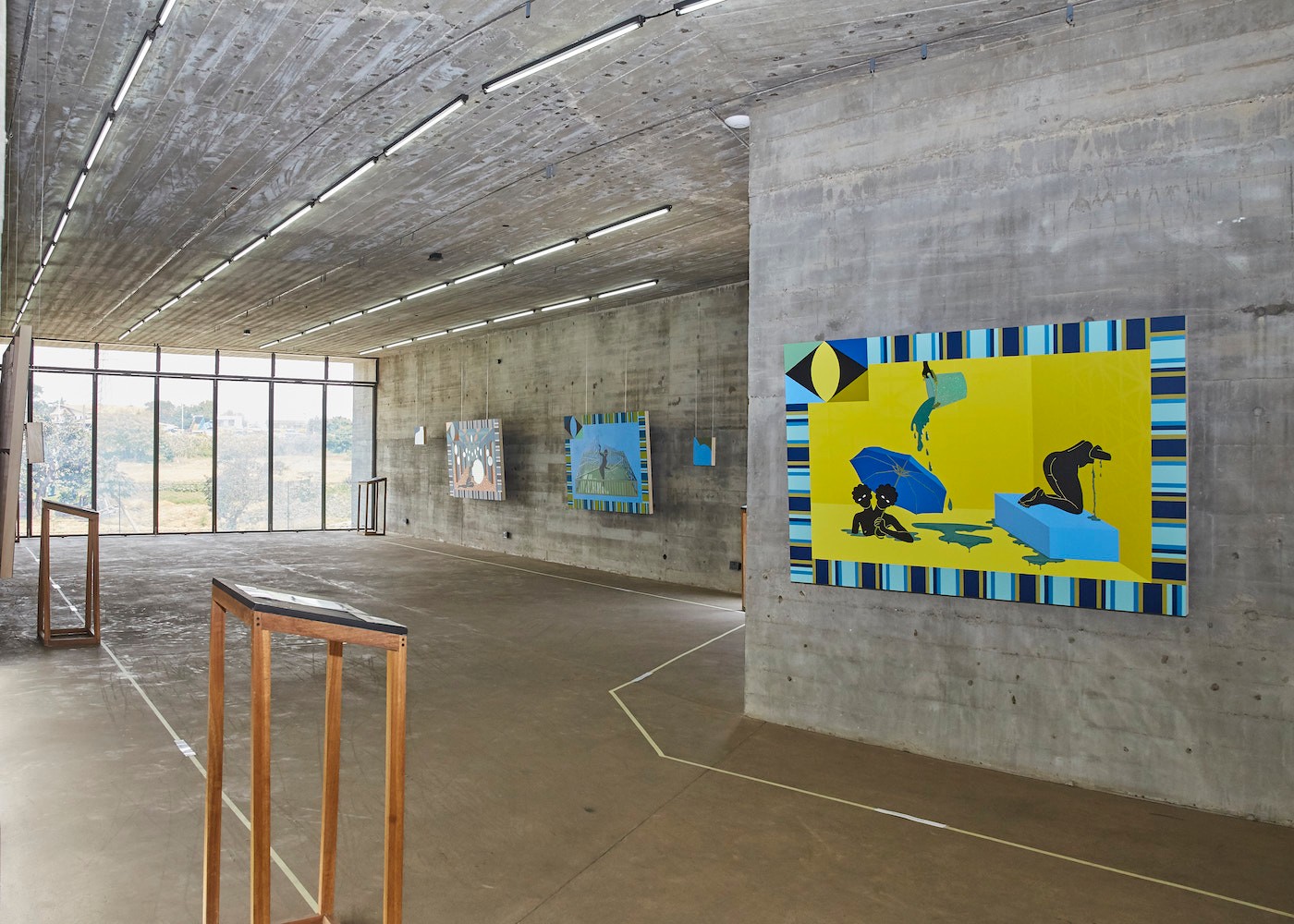
<figcaption> Installation View Na Chainkua Reindorf: Up To No Good at Nubuke Foundation from 18 Nov 22 – 18 Feb 2023. Photo: Isaac Gyamfi. Courtesy of Nubuke Foundation.
Because I am approaching my practice as a world-building exercise, I constantly ask myself: what is the larger idea I am trying to communicate? And more specifically: what work do I intend to make in order to achieve that goal and what medium would be best to do this? I have created certain parameters – including visual cues such as color, material, and imagery – that span a wide range of media and that belong to and distinguish each fictional character. Within those parameters I can be a bit more liberal with exploring ways to bring each character to life – within the context of whichever medium I am working with. I do like the idea that this project could never be complete because it really is ongoing, with the potential to be taken in multiple directions.
Na Chainkua Reindorf: Up to No Good is on view at Nubuke Foundation, Accra, Ghana from 18 Nov 2022 - 18 Feb 2023. Interview by Mearg Negusse.
Read more from

MAM São Paulo announces Diane Lima as Curator of the 39th Panorama of Brazilian Art
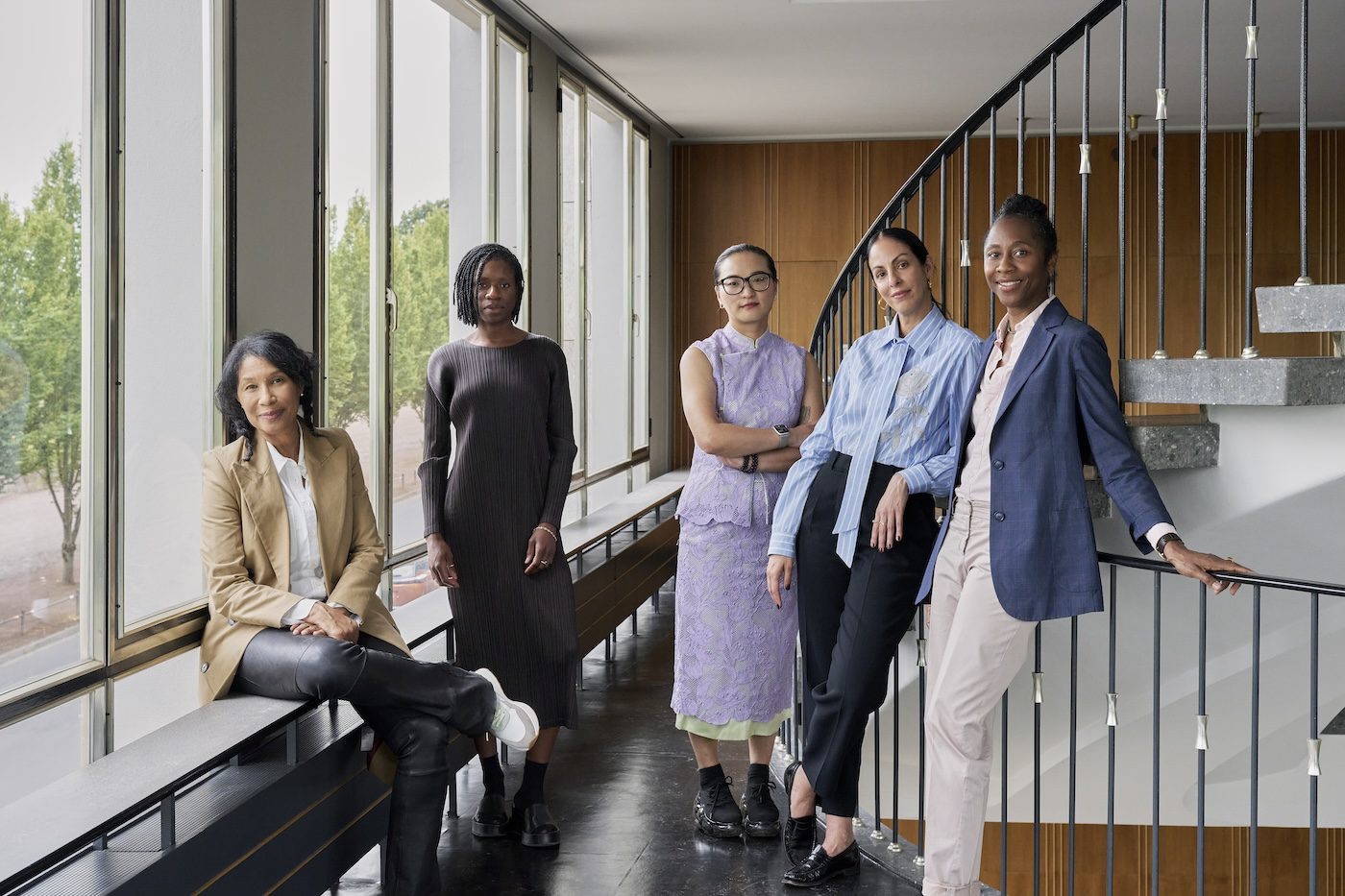
Naomi Beckwith Unveils Core Artistic Team for documenta 16
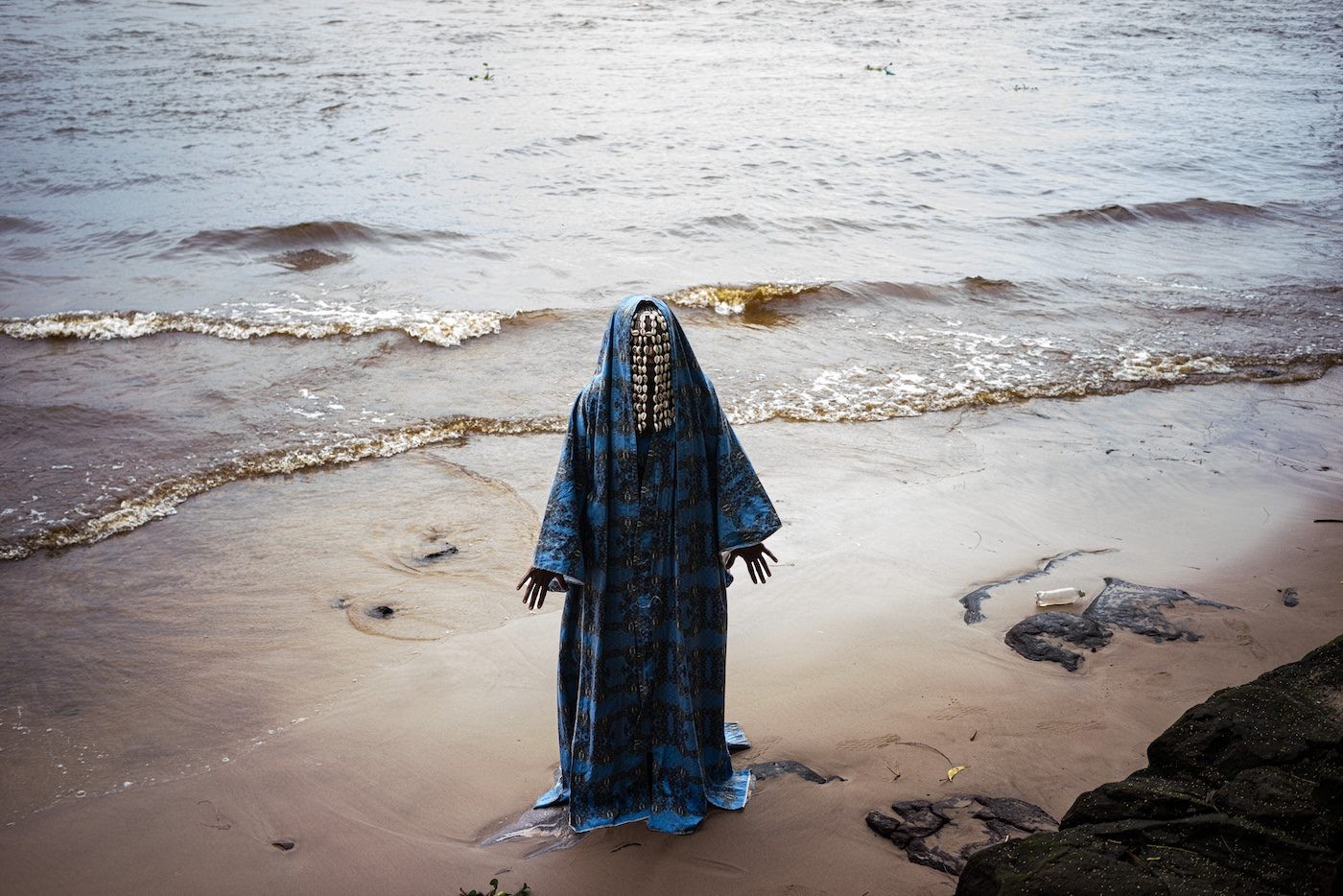
Fundação Bienal de São Paulo Announces List of Participants for its 36th Edition
Read more from

Rest in/as Freedom: kiarita and Black Politics of Liberation
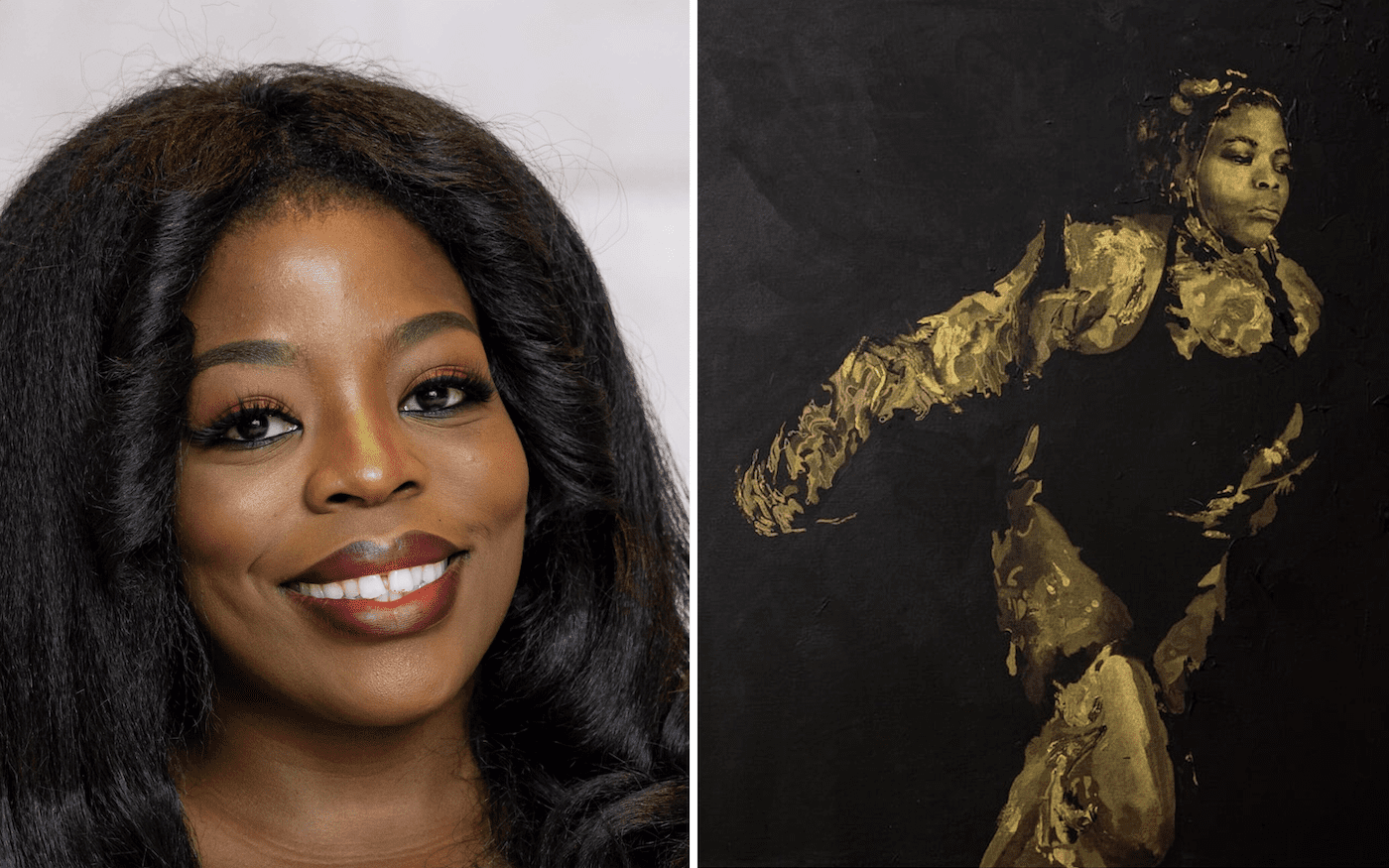
Modupeola Fadugba Wins The Norval Sovereign African Art Prize 2025
